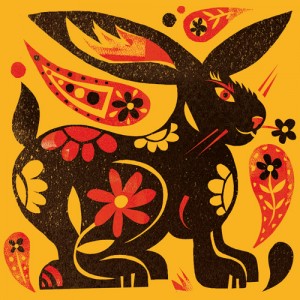Structure Vs. Momentum
/Structure training has many facets and side trajectories. The most significant in no particular order are, center-line awareness and control, power investigation and development, and creating potent default stances you can fight your way to when you are loosing in a self-defense situation.
But all that aside, the main purpose of structure training is to learn how to give up control of a fight in exchange for taking a dominant position. This is more or less what I was getting at when I named this blog "weakness with a twist." If you can reposition yourself with a structural advantage, having control over the fight isn't that important. You can effectively let your opponent buck and roll while you tap them on the shoulder from behind. It isn't usually that easy to pull off, but it is that simple.
Structure training isn't the whole fight by a long shot, but it is a very important piece.
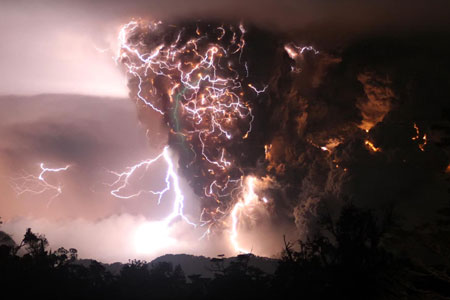 Electric Volcano
Electric VolcanoContrast this with momentum training. Learning good structure usually involves a substantial loss of power do to the loss of natural momentum. For instance untrained people often throw their shoulder and head into a punch because they intuitively know that it will increase the momentum of their strike. We martial artists often un-teach this inclination right at the beginning because throwing your shoulder and head into a strike will likely land you in a worse position, especially if the punch misses it's target.
Again, the order in which this unwieldy mass of teachings are learned is up in the air, but there is some logic to teaching Momentum after Structure is established.
If structure training is about giving up control to gain position, then momentum training is about giving up both control and position in exchange for adding chaos. The more mass there is barreling through space along spiral trajectories, the more inherent danger. The less momentum there is in a fight the safer it is. If the person you are fighting is focused on defense, he is less focused on hurting you. If your opponent is trying to control or dominate you, adding momentum will likely shift him into a defensive mode. The more defensive he is, the more rigid and predictable he will become. The more experienced you are with the chaos of added momentum, the more likely you are to prevail.
Momentum training increases the power of strikes dramatically, but that's a side benefit. The main purpose of momentum training is to get you to drop the wasted effort of trying to dominate and control. Tigers fighting other animals don't waste effort trying to dominate and control. Those are social concerns. Drop them and you will experience greater freedom of action.
The will to dominate and control arises from the fear of chaos (huntun). That doesn't necessarily make it good or bad, it just limits our ability to see things as they actually are.


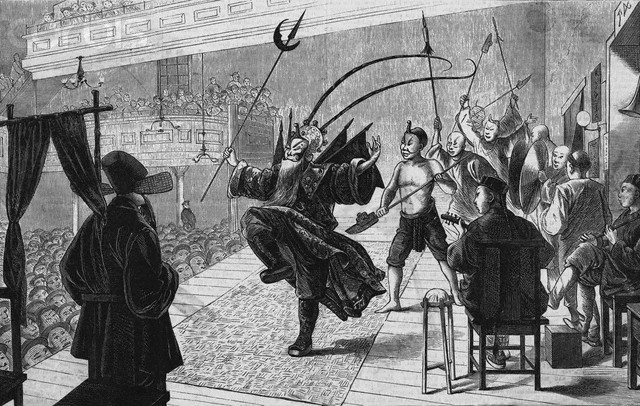
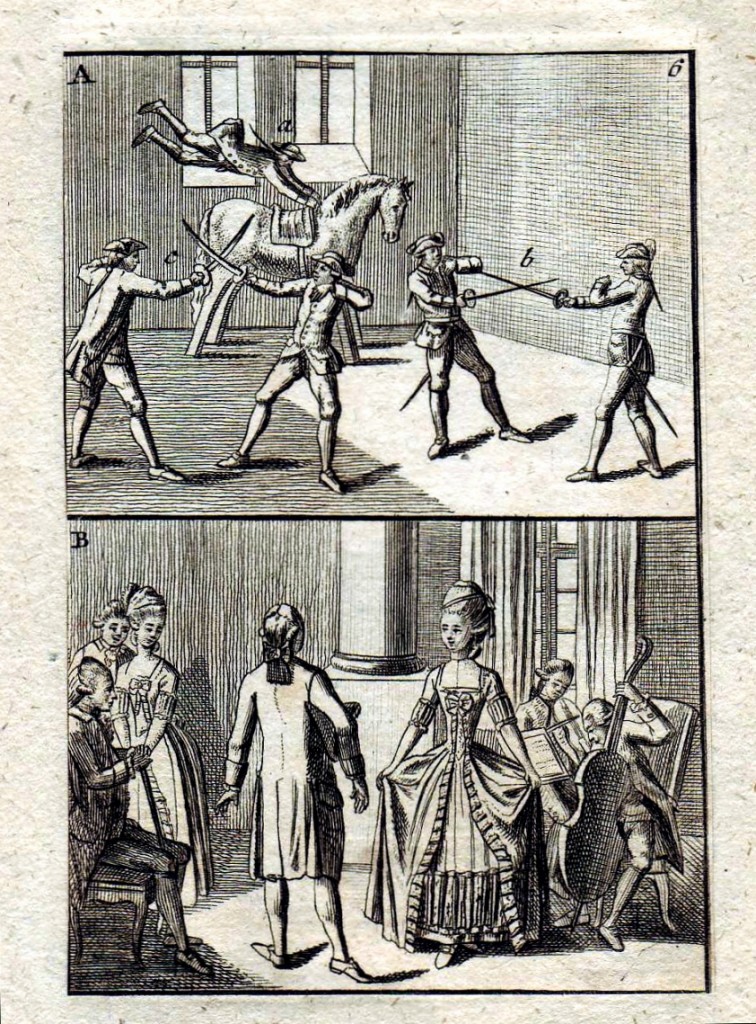 I don’t know that anyone was taking dictation at parties back then, but imagine the questions you would be asked by members of the aristocracy if you were a priest or a trader returning from a recent trip to China. “So what do the Chinese upper classes do for fun?” “What distinguishes an Chinese gentleman from the common rabble?” You would have, of course, told them about the Ming Dynasty “Scholar’s Cities,” that is, the theater districts just outside city walls that scholars young and old flocked too. “And what sorts of spectacles did they see?” “They saw actors and singers all of whom were trained from childhood in an extraordinary form of physical dance theater. A form of physical dance theater, you add, that demonstrated incredible feats of martial prowess. These ‘dancers’ were cast in history plays where they played great lords and ladies of the past, as well as warlords and youthful heros! Sometimes the fight scenes of these plays were the main attraction!”
I don’t know that anyone was taking dictation at parties back then, but imagine the questions you would be asked by members of the aristocracy if you were a priest or a trader returning from a recent trip to China. “So what do the Chinese upper classes do for fun?” “What distinguishes an Chinese gentleman from the common rabble?” You would have, of course, told them about the Ming Dynasty “Scholar’s Cities,” that is, the theater districts just outside city walls that scholars young and old flocked too. “And what sorts of spectacles did they see?” “They saw actors and singers all of whom were trained from childhood in an extraordinary form of physical dance theater. A form of physical dance theater, you add, that demonstrated incredible feats of martial prowess. These ‘dancers’ were cast in history plays where they played great lords and ladies of the past, as well as warlords and youthful heros! Sometimes the fight scenes of these plays were the main attraction!” Below is the text of the flyer for George Xu's latest public offerings in San Francisco. It's poetry, of a sort. The first time I met George was around 1990. My first teacher, Bing Gong was making a formal introduction on my behalf. George was briefly delighted and then went into a wild rant about how everyone was doing Tofu Tai Chi. He proceeded to define and contrast Tofu Tai Chi with the other cosmological possibilities and then began demonstrating maximum spring shaking power as the antidote to all this squishy food practice. I was hooked.
Below is the text of the flyer for George Xu's latest public offerings in San Francisco. It's poetry, of a sort. The first time I met George was around 1990. My first teacher, Bing Gong was making a formal introduction on my behalf. George was briefly delighted and then went into a wild rant about how everyone was doing Tofu Tai Chi. He proceeded to define and contrast Tofu Tai Chi with the other cosmological possibilities and then began demonstrating maximum spring shaking power as the antidote to all this squishy food practice. I was hooked. 
 The term xu is a key concept which ties together daoyin, the ritual body, trance, and all types of martial arts. The first definition my dictionary gives of xu is “empty” or “hollow” but this is misleading as the term
The term xu is a key concept which ties together daoyin, the ritual body, trance, and all types of martial arts. The first definition my dictionary gives of xu is “empty” or “hollow” but this is misleading as the term 
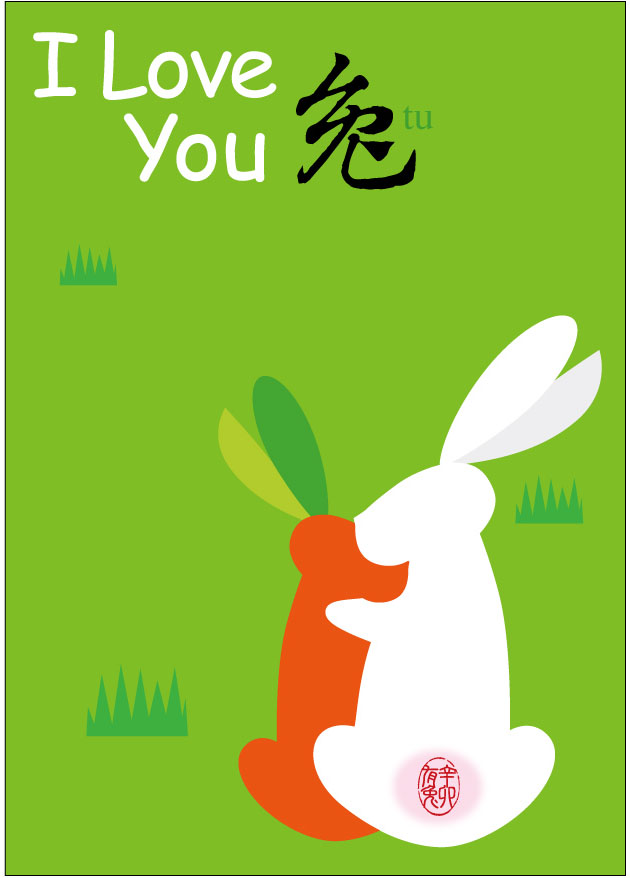
 Today we mourn the passing of
Today we mourn the passing of It's hard to imagine what the world was like back then, just like it's hard to imagine what it was like when everyone thought the world was flat. Today, "training" is a prerequisite for sports. Before LaLanne, training was a form of cheating! Really!
It's hard to imagine what the world was like back then, just like it's hard to imagine what it was like when everyone thought the world was flat. Today, "training" is a prerequisite for sports. Before LaLanne, training was a form of cheating! Really! I really don't know what to do. Paulie Zink has
I really don't know what to do. Paulie Zink has 